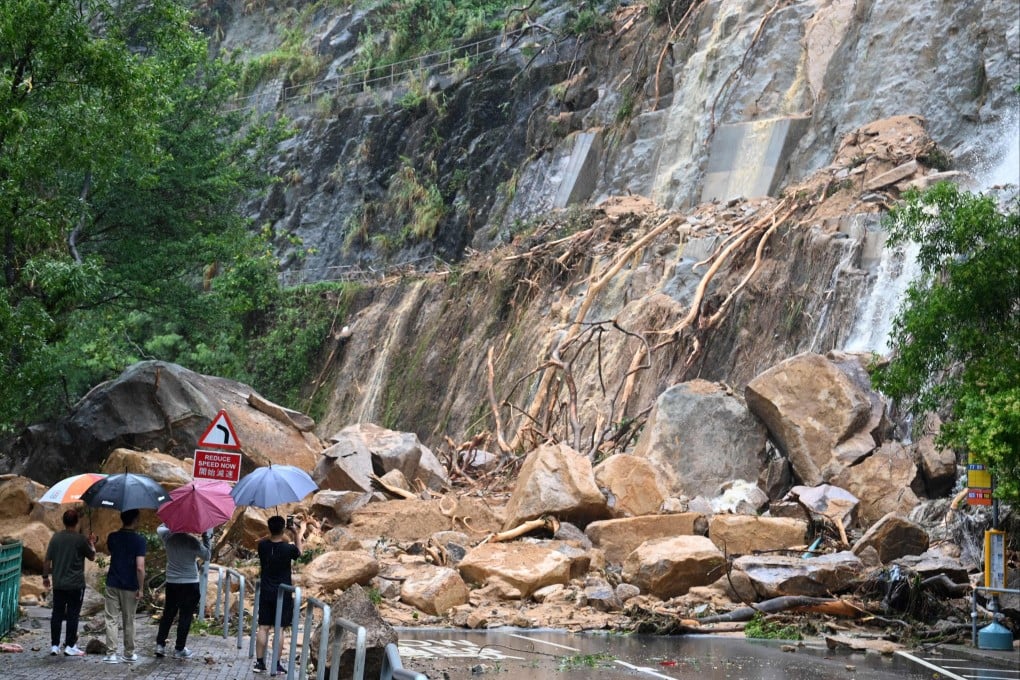Advertisement
Opinion | How Hong Kong can prepare for the next freak rainstorm
- Following the recent night of record rainfall, the city could upgrade its flood defences and thoroughly assess climate risk
- Hong Kong could also enhance communication with mainland cities so as to stay vigilant as storms approach
Reading Time:4 minutes
Why you can trust SCMP
0

Torrential rain associated with the remnants of Typhoon Haikui hit Hong Kong hard on the night of September 7. The rainfall at the Observatory headquarters between 11pm and midnight measured 158.1mm (6 inches), breaking the previous one-hour rainfall record of 145.5mm set on June 7, 2008. More than 600mm of rain was recorded over 24 hours, roughly a quarter of annual rainfall.
To put it in historical context, while this storm unleashed the heaviest one-hour rainfall since 1884, there were more ferocious storms in 1889, 1926 and 1972. For starters, the rainstorm of May 29-30, 1889 still maintains the record for the heaviest four-hour and 24-hour rainfall. The storm of July 19, 1926 unleashed the most intense six-hour and 12-hour rainfall. In 1972, persistent heavy rain on June 16-18 triggered landslides, killing 164 people; it still holds the three-day rainfall record.
As such, it is fairer to say the recent rain event is comparable to those epic rainstorms, when considering both flooding and landslide risks.
Furthermore, we should be aware that climate change will bring more torrential rain: a warmer atmosphere will be able to hold more moisture and therefore the rain will be heavier when it falls.
Due to climate change, the return period of heavy rain – or length of time between major rainstorms – has fallen by half from a century ago, and will further decrease.
Just as Super Typhoon Mangkhut gave us a wake-up call on the need to prepare for record-breaking winds, waves and storm surges, the recent rainstorm has provided a clear reminder that our existing flood defences can be overwhelmed by record-breaking rain at various sensitive points, such as MTR stations, low-lying shopping malls and underground car parks. Hong Kong must be better prepared for the next time torrential rain hits.
Advertisement
